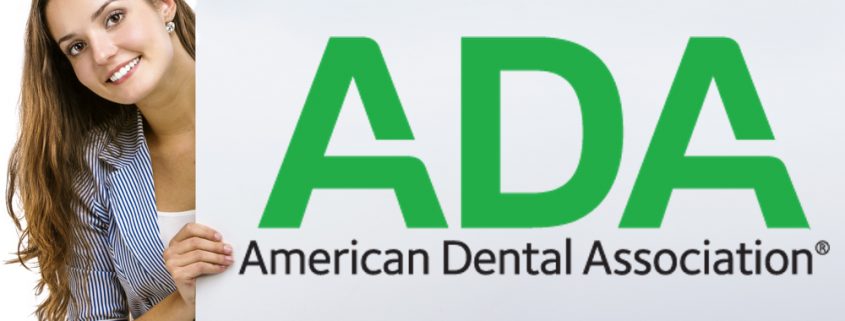Why should dentists join the ADA
Dentistry is a business. And you need to treat it as such if you want to maximize the return on all your hard work and skills development.
A big part of being successful in business is the support you get from being a part of an association.
Recently I spoke to Dr. David Preble of the American Dental Association about how the ADA helps dentists at every stage of their career journey.
Currently the ADA counts about 63 percent of working dentists in it’s membership, representing more than 161,000 men and women from across the country.
That may seem like a lot. But with boomers retiring and selling their practices and millenials making up almost 50 percent of dentists the challenge is to find a real value proposition that speaks to dentists wherever they are in their career.
The ADA provides a broad range of services from legislative and regulatory advocacy, practice-based advocacy with third-party payers and governmental agencies, continuing education, peer review, scientific research, the development of dentistry policies and standards, as well as, practice management tools and resources.
I’ve been a member since 1983. Over the years I’ve had both agreements and disagreements on policy. However in the end the mission statement is to represent the dental profession and dentists and I think it generally does a great job.
With increasing competition, financial risks and educational debt having a greater impact on individuals than ever before it’s good to have an group to advocate on our behalf.
For new dentists the ADA is a tremendous source of information and knowledge to help guide those new graduates through some of the trials and tribulations of either starting a practice, joining a practice, and other areas related to getting a career started on the right foot.
“A new dentist can really benefit from the services like our Career Center,” says Dr. Preble, “which we are building to be even better and better. That really helps dentists make more informed and better decisions about where they want to practice, and how they want to practice.”
“We also provide networking opportunities through local and state dental societies, which are an integral part of the ADA, along with practice development resources, and even licensure guidance and loan refinancing options.”
It’s not just new dentists. For dentists who have been practicing for between 8 to 20 years and are dealing with the practice management issues, where perhaps their practice isn’t growing and doing as well as they’d hoped for a variety of reasons the ADA has an enormous amount of information to help.
Again Dr. Preble says “for those dentists in that mid-career part, they can have ADA tools and resources to answer these third-party payer and other business related questions, along with access to online scientific resources, etc.”
Finally, the last group are those individuals more in the twilight of their career. Are they in a position to retire financially? Is their clinical practice in a position to pass on to another individual or group? Again, the ADA is there with knowledge, information and expertise.
“When dentists get into the later part of their career, “ says Preble, “The ADA has practice transition information, along with answers to financial questions and then lots of opportunities for mentoring new dentists”
If you are a new dentist a membership in the ADA is a critical to becoming part of the greater community of peers and will provide you with knowledge and networking that will help you throughout your whole career. If you’ve let your membership lapse then maybe it’s time to re-think and re-engage with this important organisation.
Additional resources
Center for Professional Success
www.success.ada.org.



